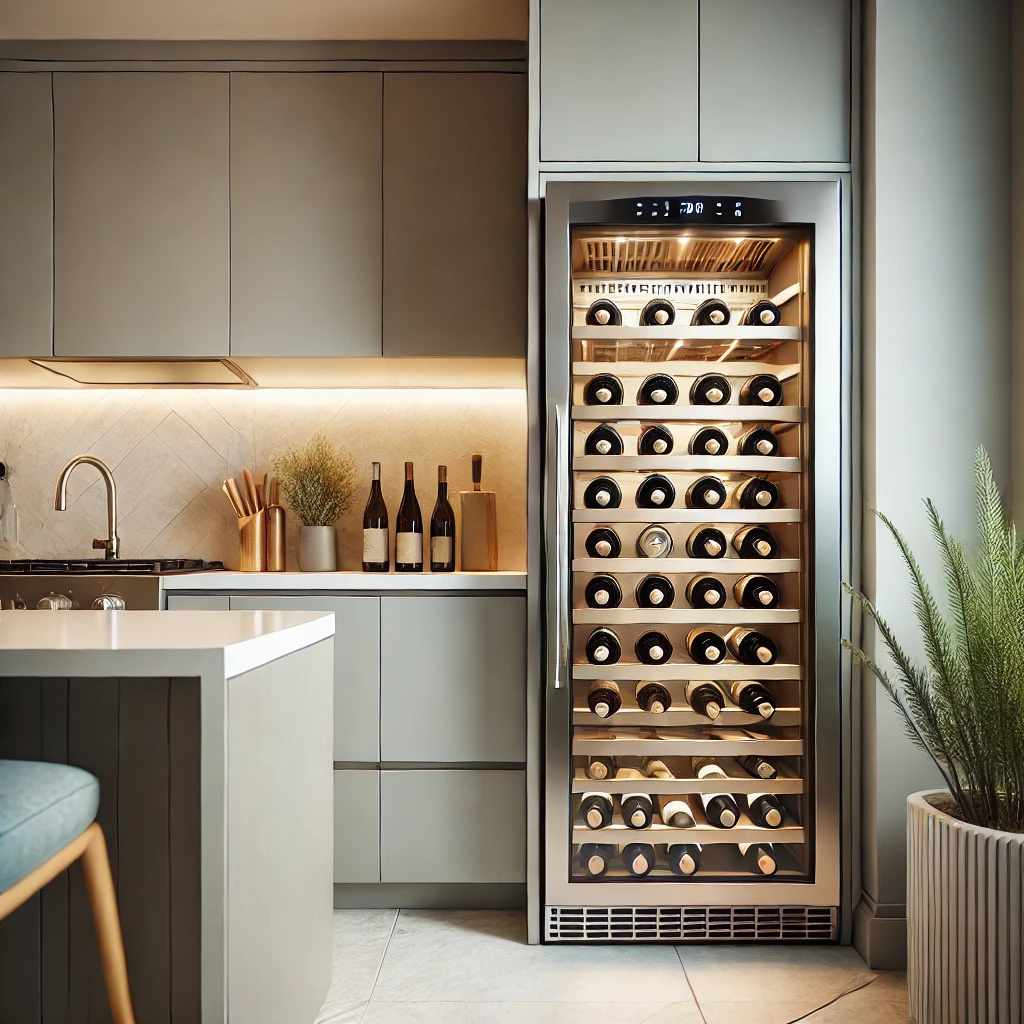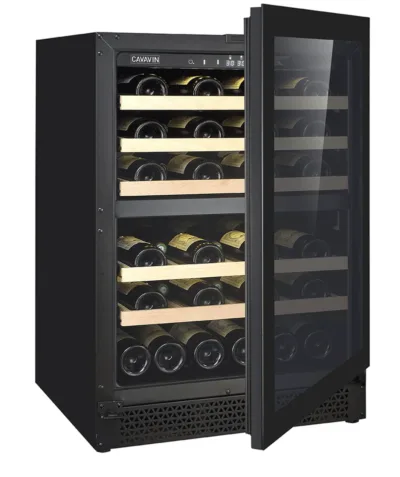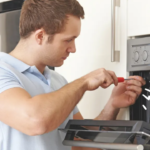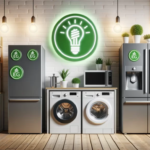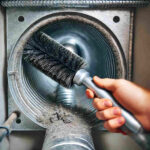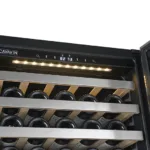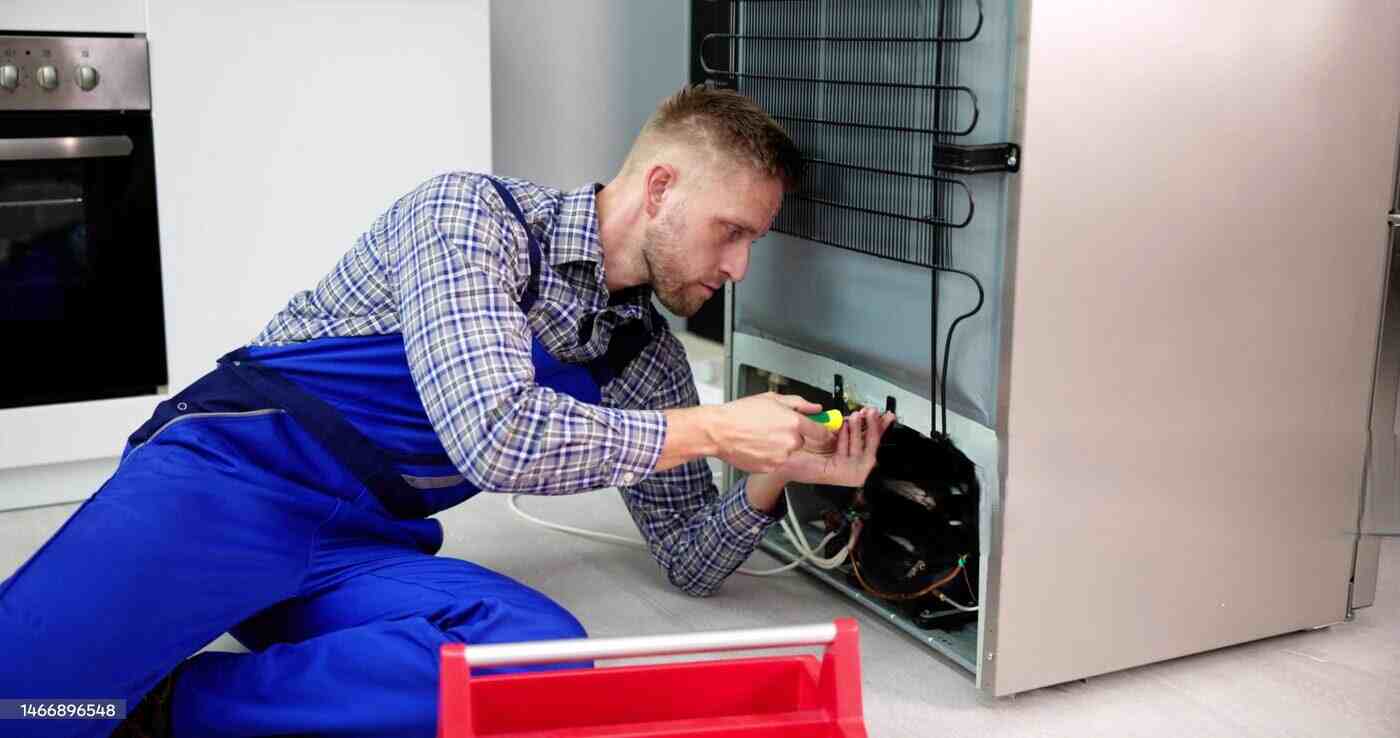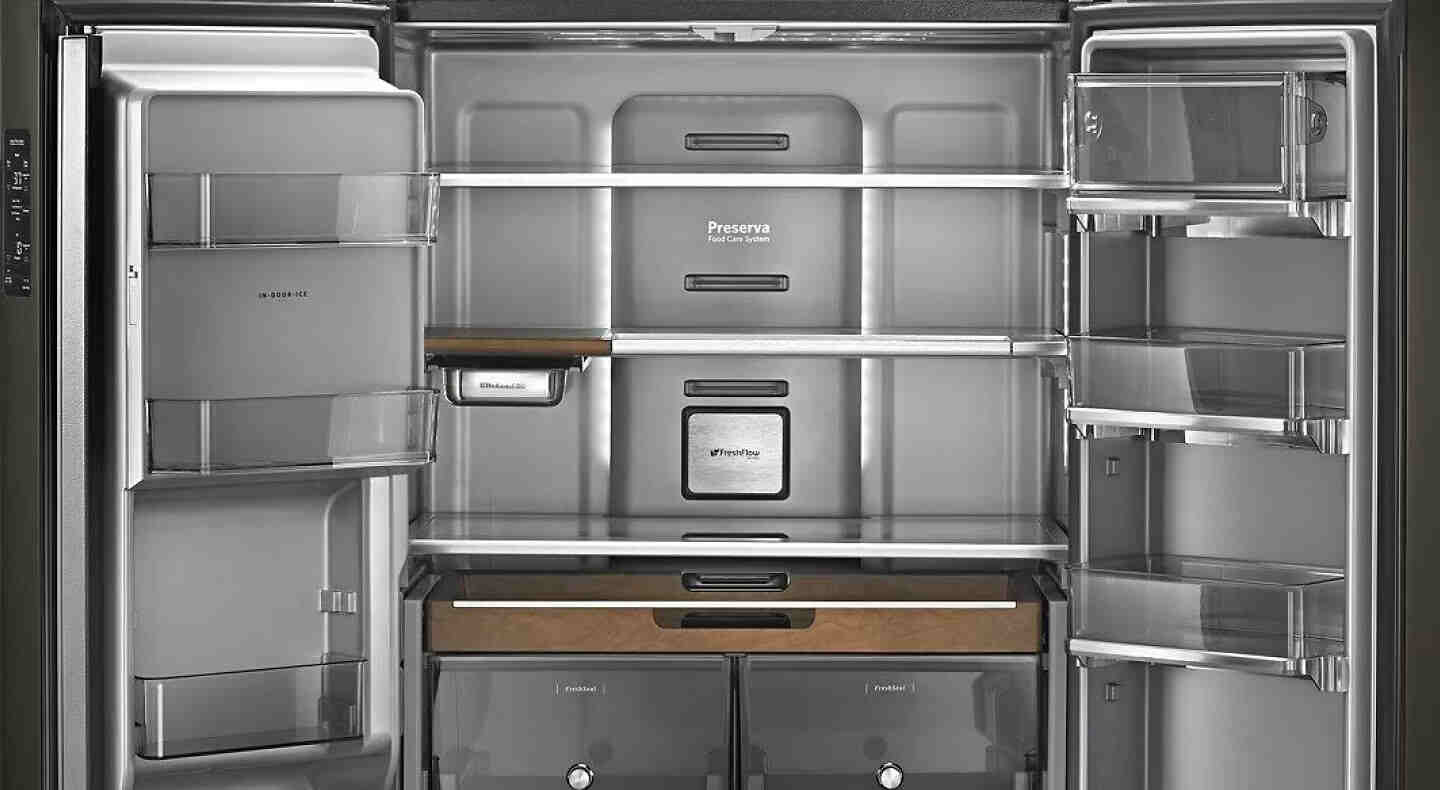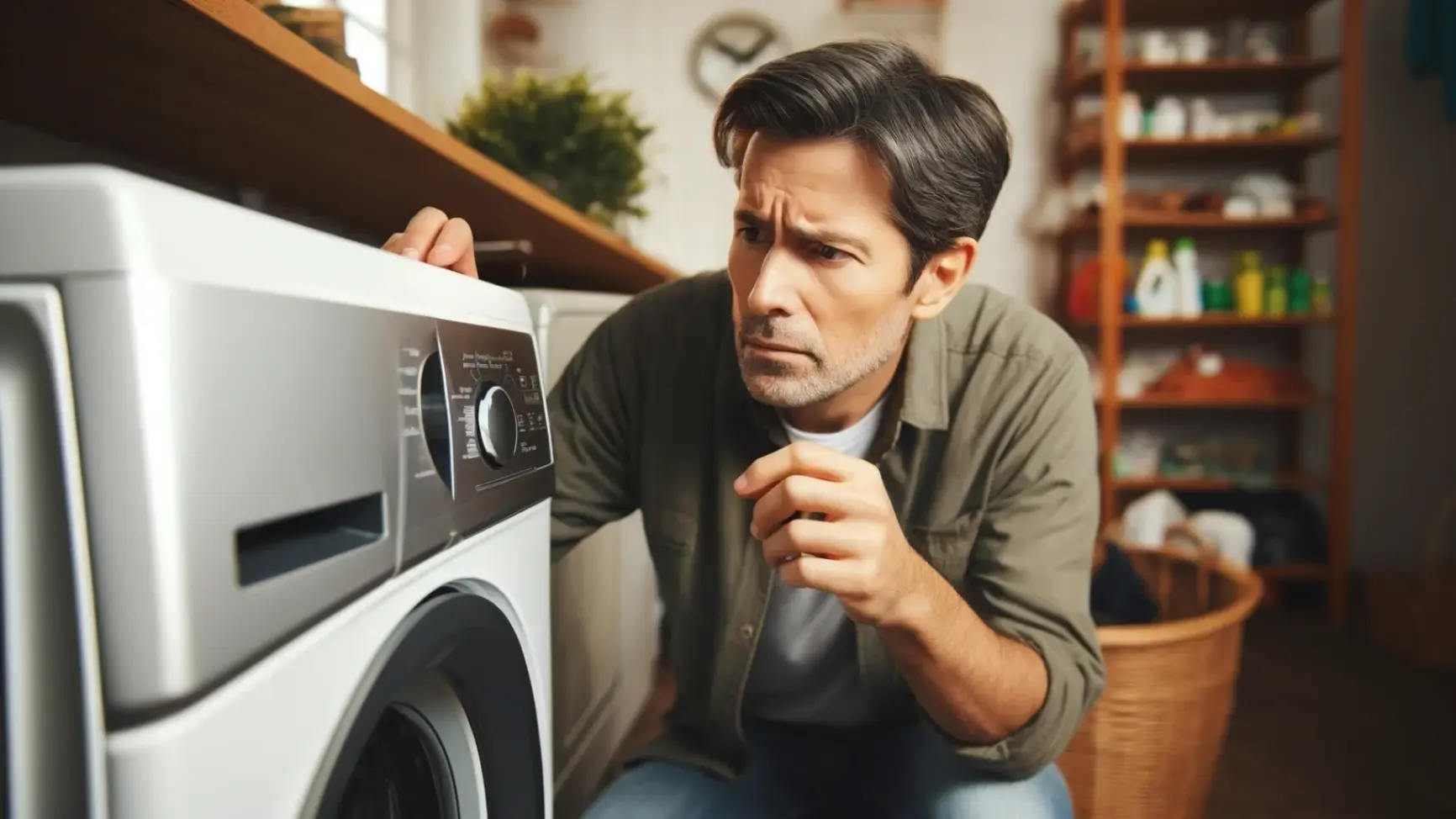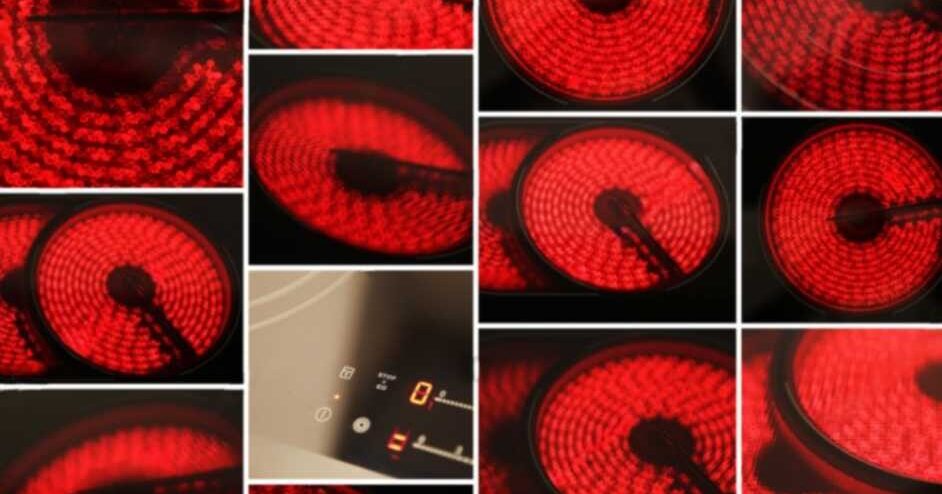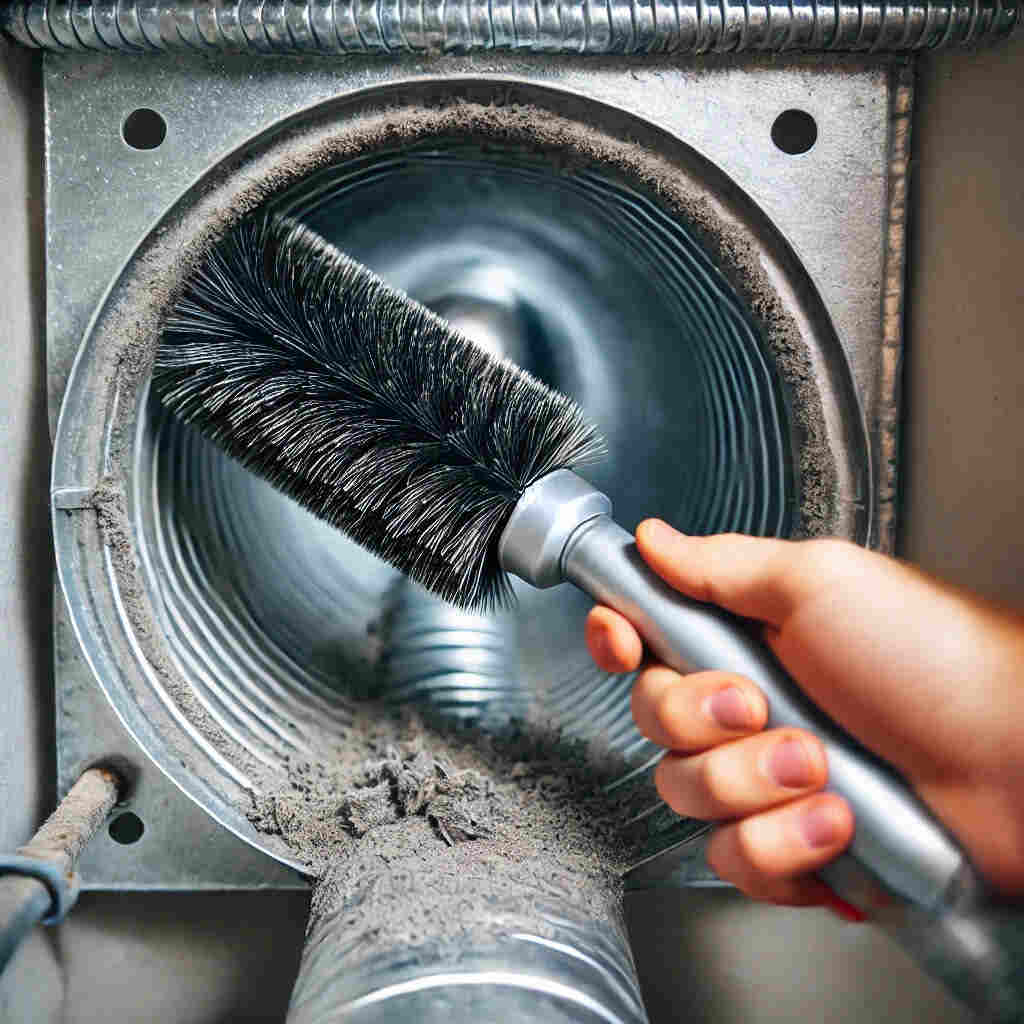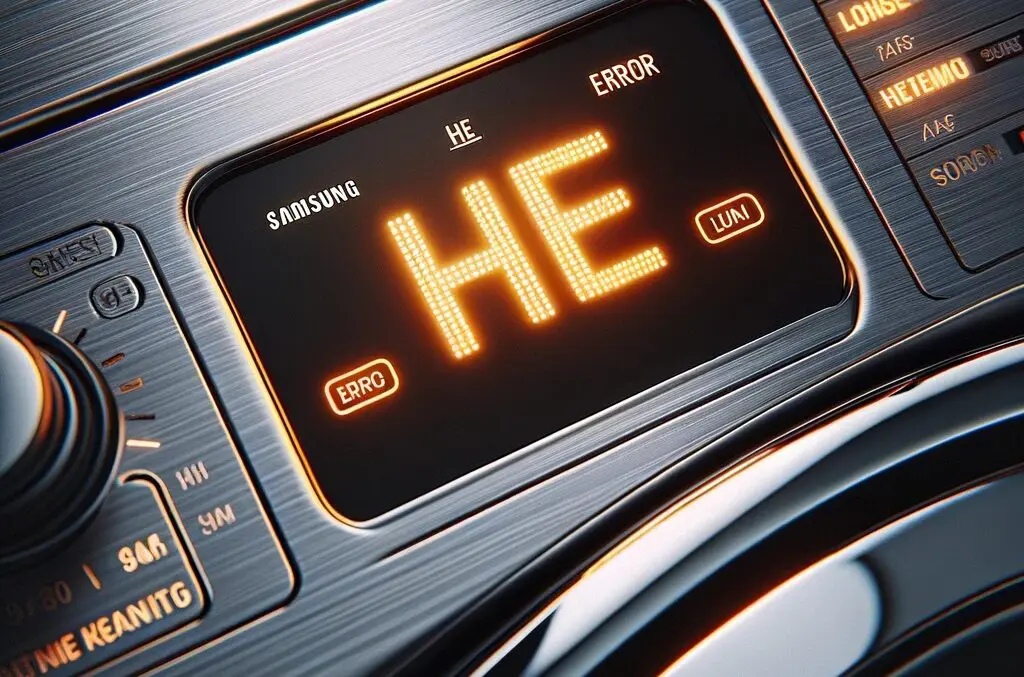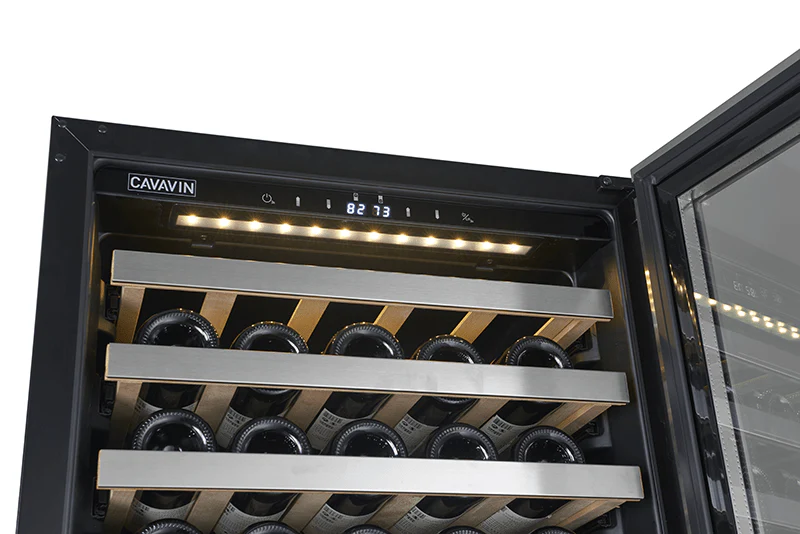For wine enthusiasts, proper storage is crucial to preserving the flavors and aromas of your favorite bottles. Whether you’re a casual collector or a serious connoisseur, a wine cooler can help ensure your wine stays at the perfect temperature and condition. Here’s a guide to help you choose the right wine cooler for your needs.
1. Capacity: How Much Wine Will You Store?
The first factor to consider is how many bottles of wine you plan to store. Wine coolers come in a wide range of capacities, from small 6-bottle units to larger models that can hold 100 bottles or more.
- Small wine coolers (up to 20 bottles): Ideal for casual wine drinkers or those with limited space.
- Medium wine coolers (20-50 bottles): Great for wine enthusiasts who want a decent selection at hand.
- Large wine coolers (50+ bottles): Designed for serious collectors or those who entertain frequently.
Make sure to think about your long-term storage needs. If your collection is growing, it might be worth investing in a larger model.
2. Single-Zone vs. Dual-Zone Cooling
Wine coolers come in single-zone or dual-zone models:
- Single-zone wine coolers maintain one consistent temperature throughout the unit. This is ideal if you primarily drink one type of wine (e.g., only reds or only whites).
- Dual-zone wine coolers offer two separate temperature zones, allowing you to store both red and white wines at their optimal temperatures. Reds are typically stored at around 55°F-65°F (13°C-18°C), while whites need a cooler range of 45°F-50°F (7°C-10°C).
If your collection includes a mix of both red and white wines, a dual-zone cooler is the way to go.
3. Compressor vs. Thermoelectric Cooling
There are two main types of cooling systems in wine coolers:
- Compressor-based coolers are more powerful and effective at maintaining low temperatures, making them suitable for larger collections or warmer climates. However, they tend to be a bit noisier and may vibrate slightly.
- Thermoelectric coolers are quieter and more energy-efficient. They also have minimal vibration, which is important for preventing wine sediment from being disturbed. However, thermoelectric coolers work best in cooler environments and are less effective in maintaining low temperatures in hot rooms.
If you live in a warm climate or are storing a large collection, a compressor cooler might be a better choice. For smaller collections or if quiet operation is a priority, a thermoelectric cooler could be more suitable.
4. Built-in vs. Freestanding Coolers
Another important consideration is whether you want a built-in or freestanding cooler.
- Built-in wine coolers are designed to be integrated into your kitchen cabinetry. They often have front-facing ventilation, which allows them to be placed under countertops or in tight spaces.
- Freestanding wine coolers can be placed anywhere in your home but require space around them for proper airflow. They tend to be more affordable and come in a wider variety of sizes.
Think about where you’ll be placing your wine cooler and choose a model that fits your space and aesthetic.
5. Temperature Range and Control
Different wines require different storage temperatures. While most wine coolers have a temperature range of 40°F to 65°F, it’s important to ensure that the cooler you choose can meet the needs of the types of wine you store.
Some advanced models also come with digital controls that allow for precise temperature management, while more basic models may have manual dials.
6. Additional Features to Consider
- UV Protection: Many wine coolers come with UV-resistant glass doors, which help protect your wine from harmful light exposure.
- Vibration Reduction: If you’re concerned about vibration affecting your wine’s quality, look for a model with anti-vibration technology.
- Shelving: Consider the shelving layout and whether it can accommodate larger bottles like Champagne or Pinot Noir. Adjustable shelves can provide more flexibility.
- Security: Some wine coolers come with locking doors to ensure your valuable collection is safe.
7. Energy Efficiency and Noise Levels
Wine coolers can be energy-intensive, so consider looking for an energy-efficient model, especially if you plan to store wine long-term. Noise level is another factor, especially if you plan to place the cooler in a living area. Compressor coolers tend to be noisier, while thermoelectric models are quieter but less powerful.
8. Budget
Wine coolers come in a wide range of prices. Smaller, thermoelectric models can be found for as little as $150, while larger, compressor-based units can cost several thousand dollars. Determine your budget and choose a model that offers the features and capacity you need without overspending.
Conclusion
Choosing the right wine cooler depends on your storage needs, wine preferences, and where you plan to keep it. Whether you need a small, thermoelectric unit for a few bottles of white wine or a large, dual-zone compressor cooler for a mixed collection, there’s a model out there to suit every wine lover.
By considering factors like capacity, cooling system, and additional features, you’ll be able to keep your wine at the perfect temperature and enjoy it at its best.
For maintaining the quality and longevity of your wine cooler, professional maintenance and repair are essential. If you experience any issues with your wine fridge, such as temperature fluctuations or mechanical problems, it’s crucial to seek expert help. A-Repair Wine Fridge Repair offers specialized services to ensure your cooler operates at peak efficiency, protecting your valuable wine collection. Their team is skilled in diagnosing and repairing various wine fridge models, ensuring that your unit is back in working order quickly and efficiently.
Whether it’s a compressor issue, thermostat failure, or other malfunctions, A-Repair has the expertise to resolve the problem and provide preventive maintenance to keep your wine cooler in top shape. Regular servicing by professionals like A-Repair ensures your wines are stored in the best conditions, preserving their flavor and quality for years to come.

